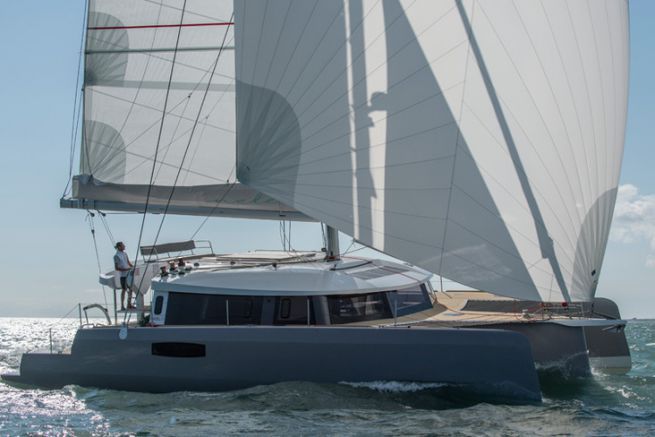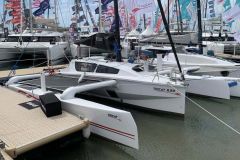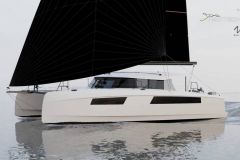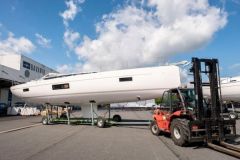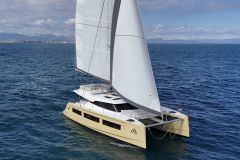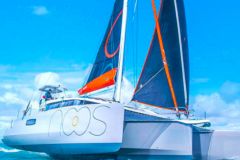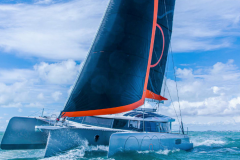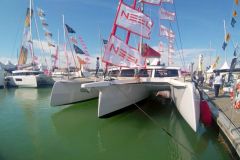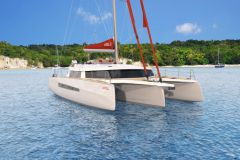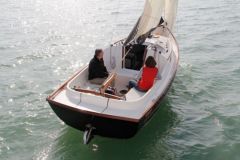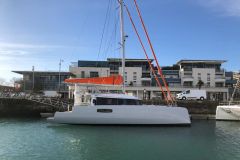Cruising multihulls are often heavy and bulky. Taking the helm, often hydraulically, offers no pleasure, so much so that it is quickly entrusted to the autopilot. This description is valid on a catamaran. But it is totally inaccurate when talking about a trimaran.
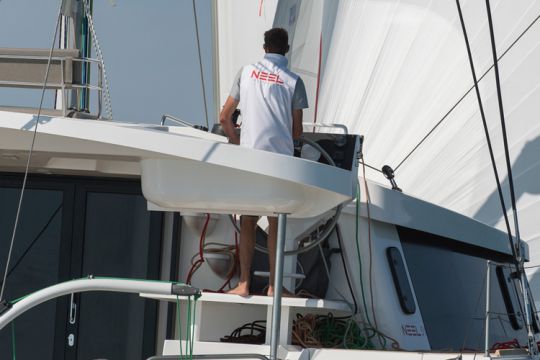
Only one rudder on the central hull
Let's take the Neel as an example. This trimaran (available in 3 models : 45 , 51 and 65 feet with a new model coming soon: the neel 47 ) made the choice to have only one rudder installed under the central hull. This architectural choice is dictated by several objectives, the first of which is to offer the best possible steering feel to the sailors.
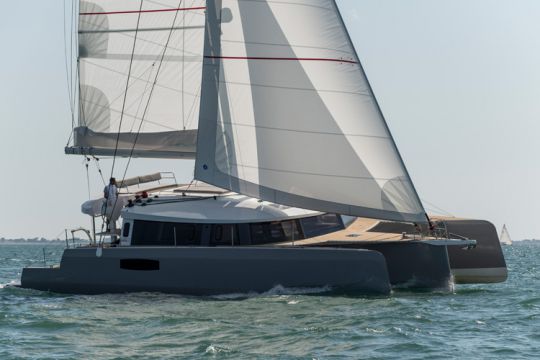
Indeed, the Neel is equipped with only one very deep rudder. Its length does not affect the draught since it is protected by the keel fin. Narrow and deep, the profile is effective without forcing on the tiller.
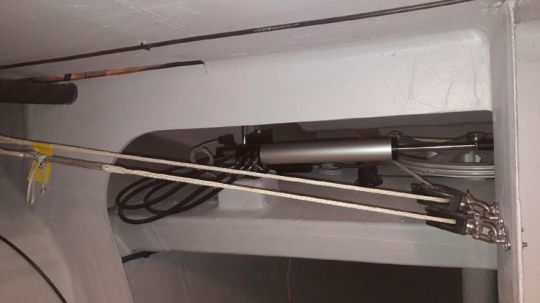
A direct line path
With only one rudder, the path of the lines is very simple. Remaining in the central hull, they return to a single sector with a very simple path from the helm. This avoids friction, just like the helm of a monohull. The very small angles of the lines offer a short and efficient circuit. In addition, the lines and the sector remain easily accessible in the central hull. This access facilitates adjustments to obtain the best tension and limit play.
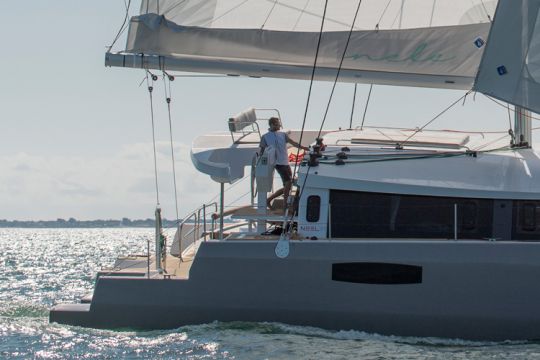
The adoption of 2 rudders (one on each float) would have meant imagining a complex circuit to the 2 sectors, forcing the boat to switch to hydraulic helm or to switch to a push/pull cable system, two technical solutions that eliminate all feeling of helm. This is why they were not retained.
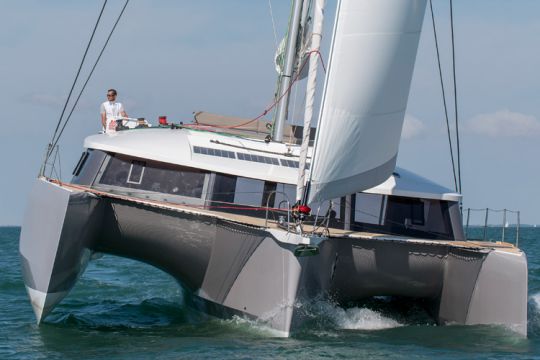
Back in the bar
A trimaran sails like a monohull: it heels. Less than a monohull, certainly! But the sailboat still heels between 6 and 8°. Upwind, the leeward float which sinks into the water serves as an anti-drift plan.
At the helm, the sensations are identical to the monohull. The boat reacts, it's alive. Even the Neel 51, responds to the slightest request from the helmsman. The boat "talks" with feedback at the helm.
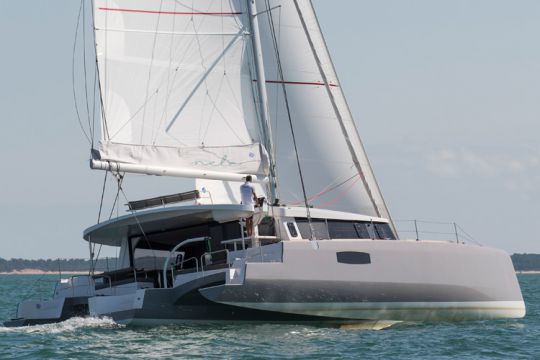
It is often during the testing of the boat that the tongues are loosened and smiles appear: the helmsmen are delighted and do not want to give up their place. This question of "pleasure at the helm" is a real subject that prospects ask themselves when acquiring this type of unit. With a Neel, you don't systematically think about engaging the autopilot, even if it remains very powerful and comfortable.
